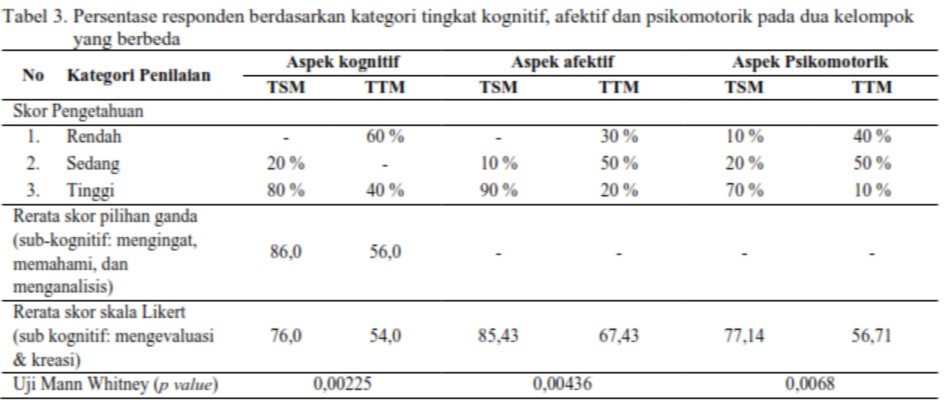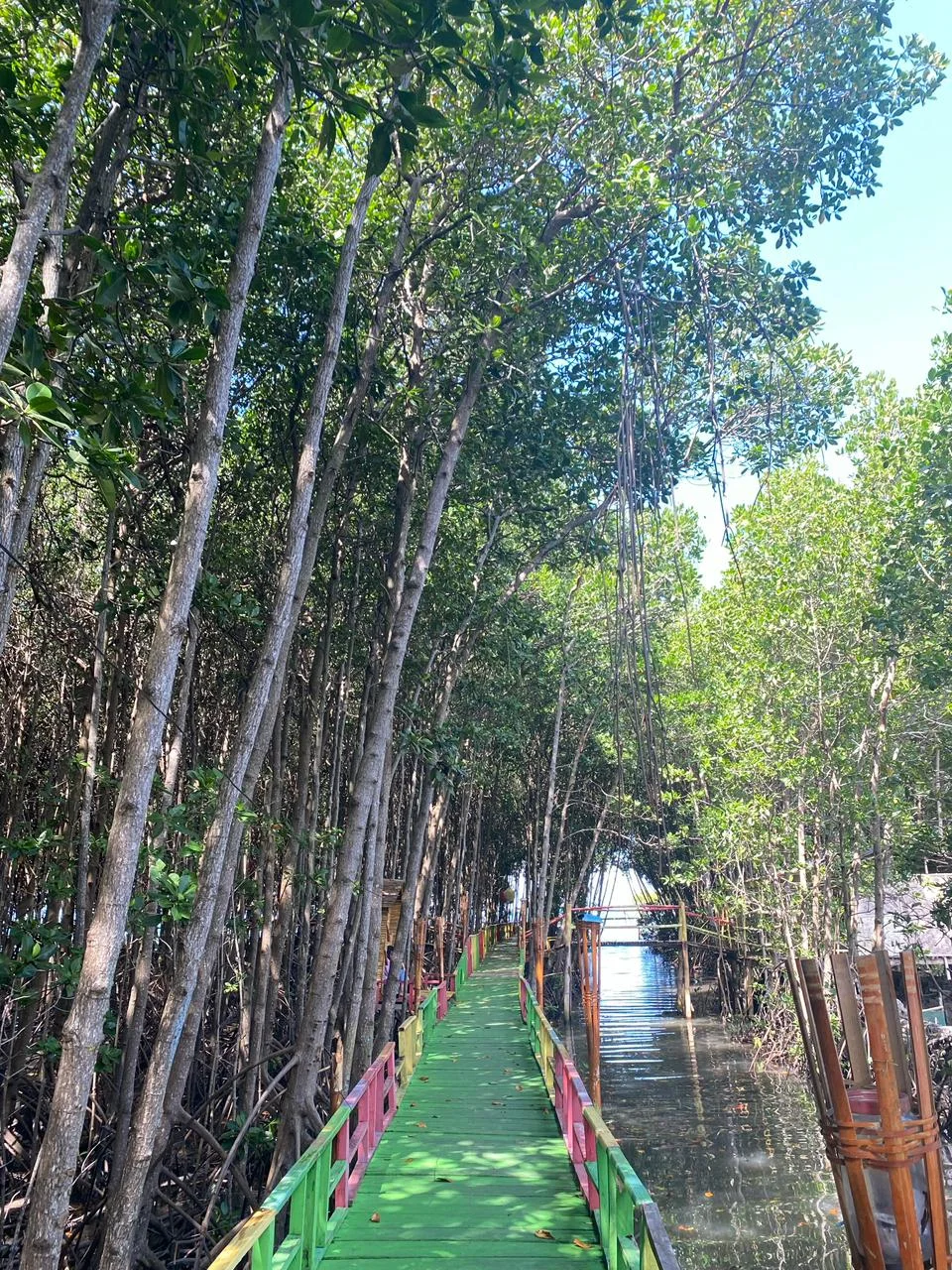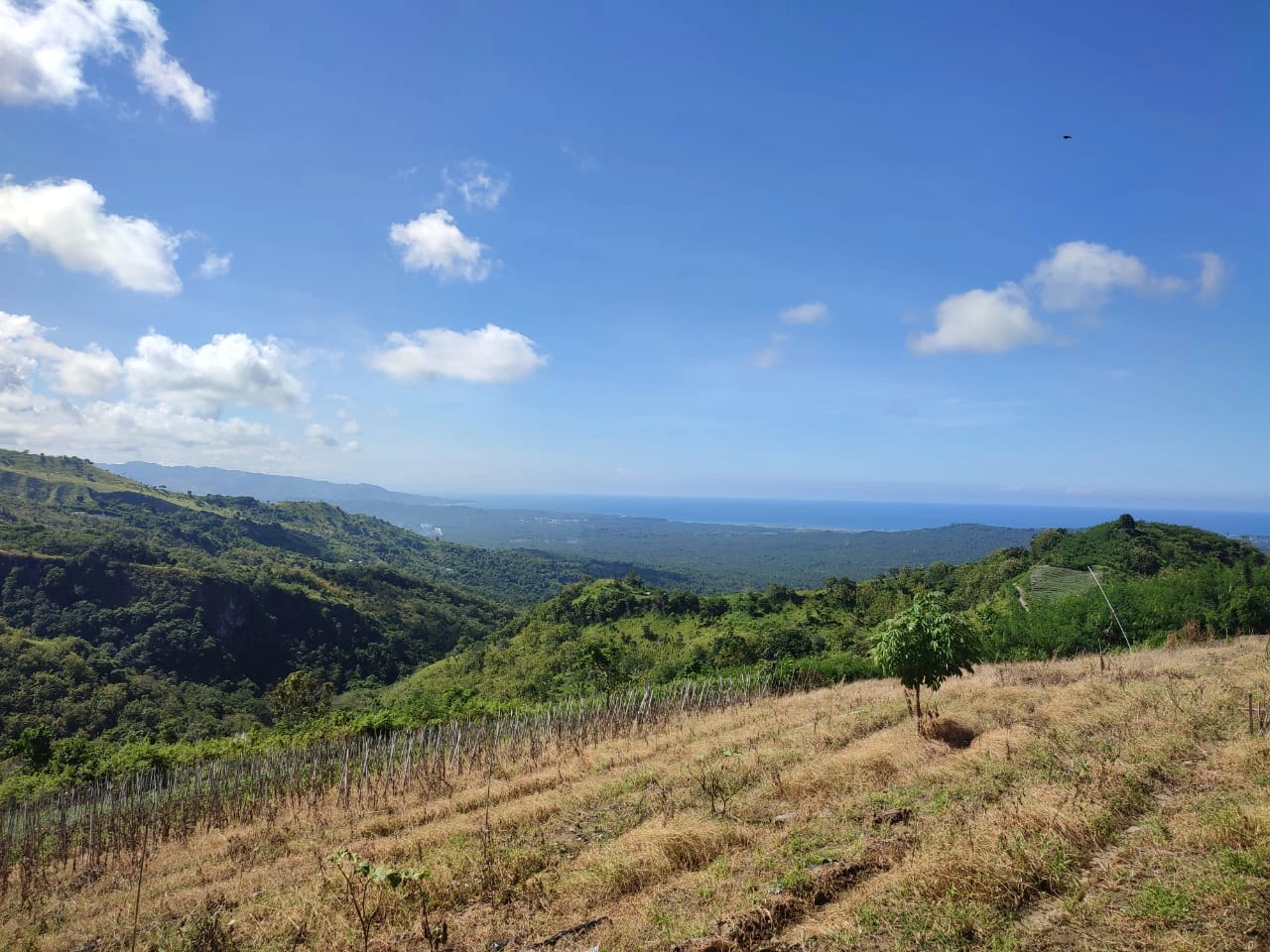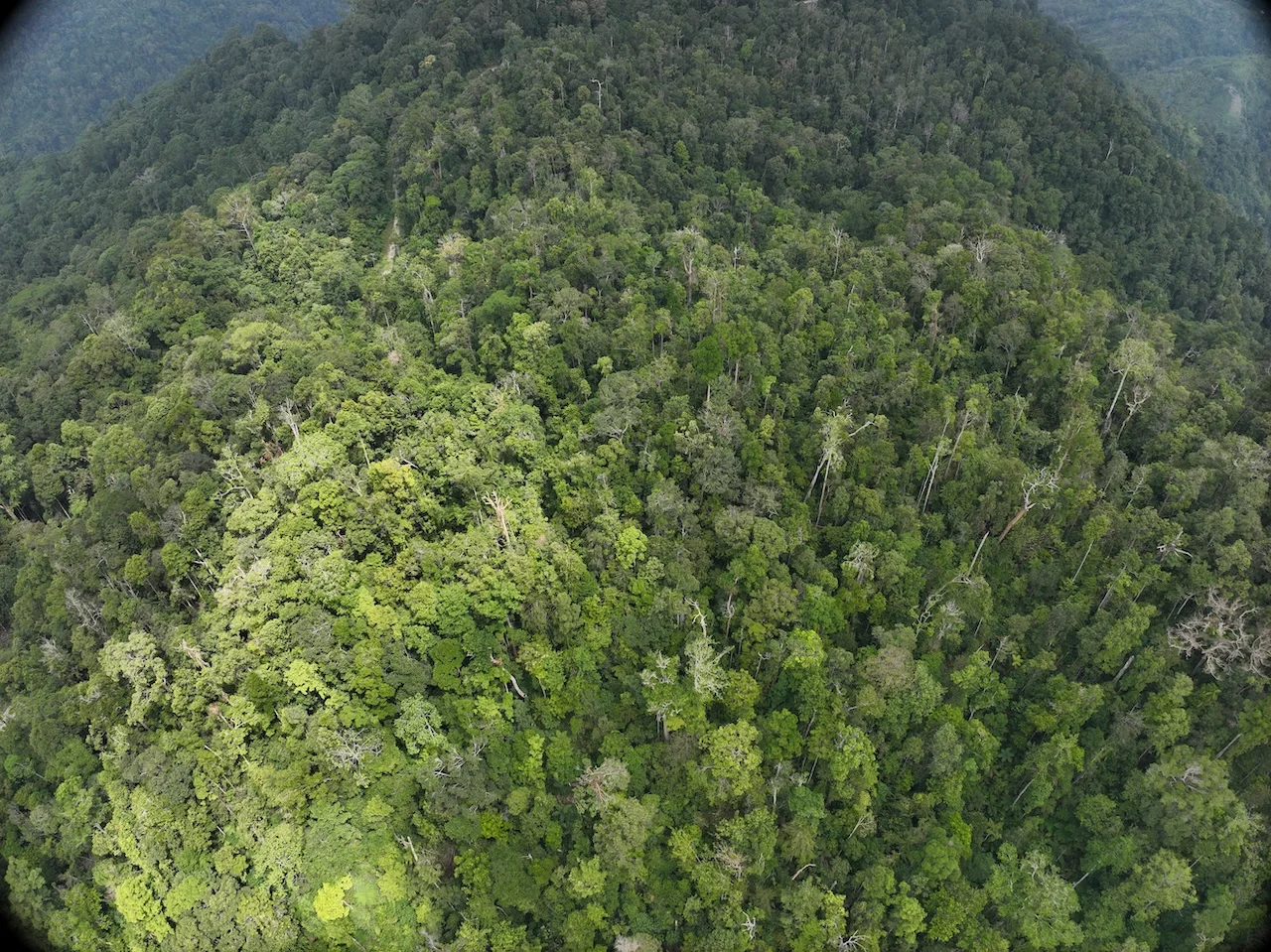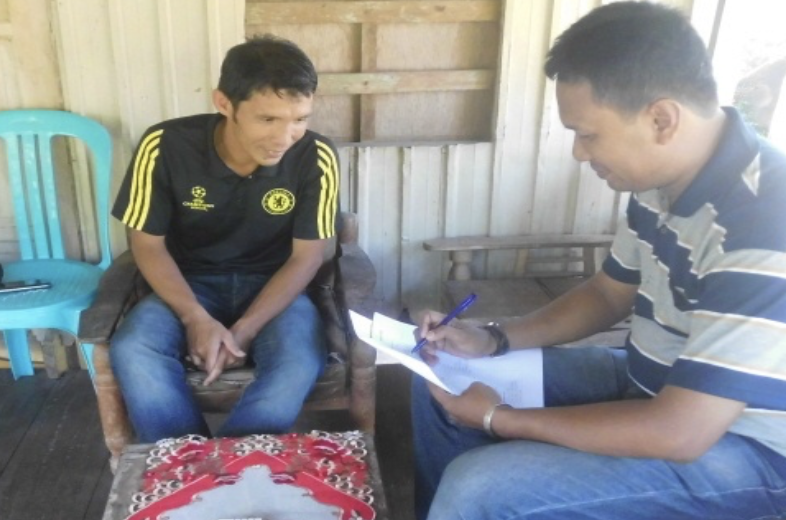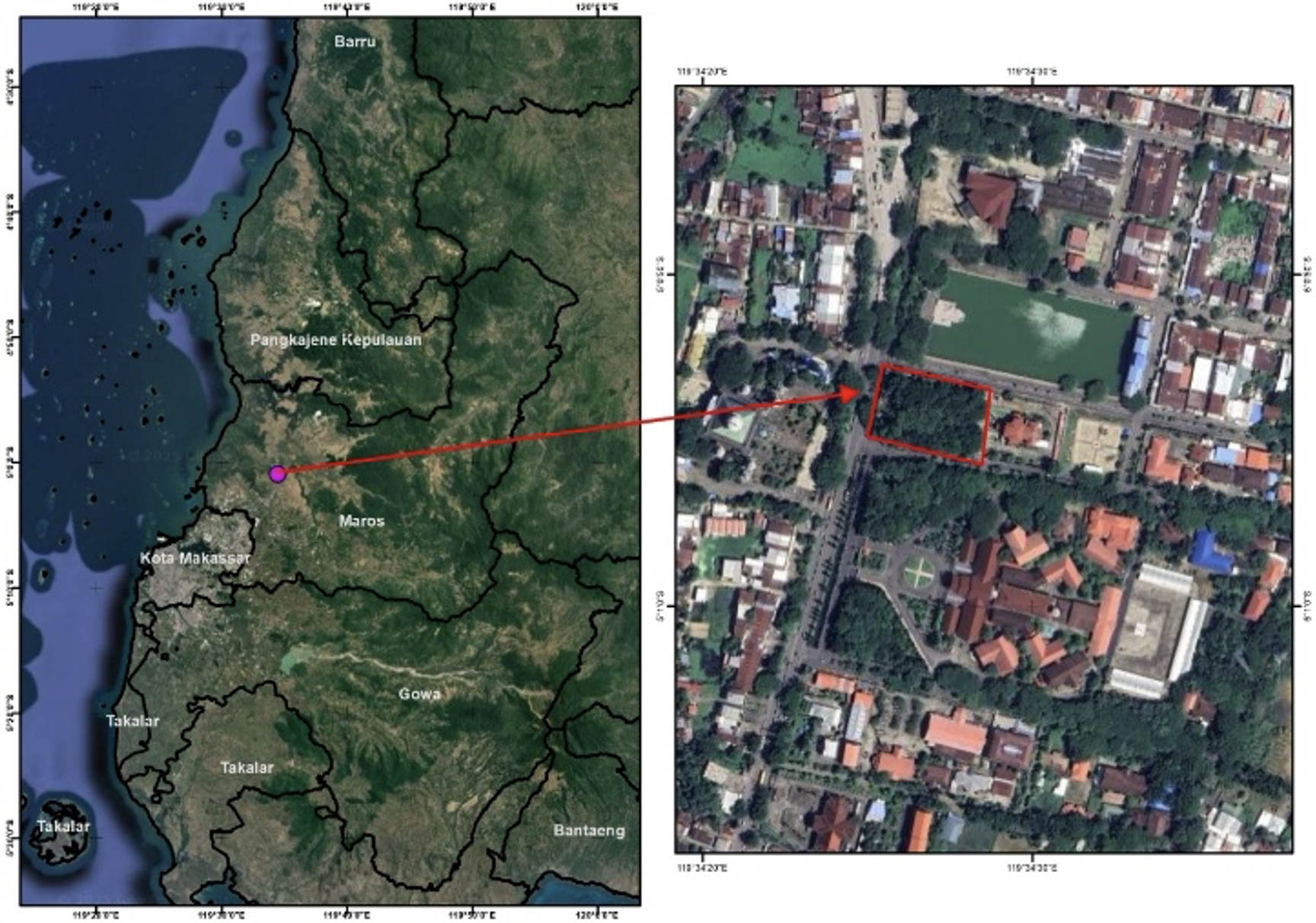Evaluating the ‘Texting, Sharing and Mentoring’ Method Applied in Community Empowerment Program Based On Trigona Laeviceps Stingless Beekeeping Adoption in Gunungkidul, Yogyakarta
Abstract
The purpose of this study is to evaluate the texting, sharing, and mentoring (TSM) method as an innovative method of community empowerment applied in 'Go-Honey' program. This method is mixed offline and online with the use of Whatsapp groups connecting program participants, resource persons, and local mentors. Using the Bloom's Taxonomy approach, this study compares the knowledge level of the 'Go-Honey' program participants implementing TSM with other sitngless beekeeping program participants who use the single-face-to-face (TTM) method as a control. The total participants involved in this study were 20 people, half of whom were female members of 'Go-honey', while the other half were not. Participants were asked questions related to cognitive, affective and psychomotor aspects by direct interviews. Observations were also done on the results of the work performance. The results show that the 'Go-Honey' participants have a higher level of knowledge about stingless beekeeping compared to the control model in these three aspects of knowledge. The results of the Mann Whitney test shows that the cognitive, affective and psychomotor scores are significantly different at 1 % alpha. This method has the potential to be applied after the pandemic ends with the principle of distance learning as long as there is the internet connection and the presence of local mentors.
Copyright (c) 2021 Jurnal Wasian

This work is licensed under a Creative Commons Attribution-NonCommercial 4.0 International License.
Copyright and License
All articles published in Wasian Journal are the property of the authors. By submitting an article to Wasian Journal, authors agree to the following terms:
-
Copyright Ownership: The author(s) retain copyright and full publishing rights without restrictions. Authors grant the journal the right to publish the work first and to distribute it as open access under a Creative Commons Attribution 4.0 International License (CC BY 4.0).
-
Licensing: Articles published in Wasian Journal are licensed under a Creative Commons Attribution 4.0 International License (CC BY 4.0). This license allows others to share, copy, and redistribute the material in any medium or format, and adapt, remix, transform, and build upon the material for any purpose, even commercially, provided that proper credit is given to the original author(s) and the source of the material

This work is licensed under a Creative Commons Attribution 4.0 International License. -
Author's Rights: Authors are permitted and encouraged to post their work online (e.g., in institutional repositories or on their website) prior to and during the submission process, as it can lead to productive exchanges and greater citation of published work.
-
Third-Party Content: If your article contains material (e.g., images, tables, or figures) for which you do not hold copyright, you must obtain permission from the copyright holder to use the material in your article. This permission must include the right for you to grant the journal the rights described above.
-
Reprints and Distribution: Authors have the right to distribute the final published version of their work (e.g., post it to an institutional repository or publish it in a book), provided that the original publication in Wasian Journal is acknowledged.
For the reader you are free to:
- Share — copy and redistribute the material in any medium or format for any purpose, even commercially.
- Adapt — remix, transform, and build upon the material for any purpose, even commercially.
- The licensor cannot revoke these freedoms as long as you follow the license terms.
Under the following terms:
- Attribution — You must give appropriate credit , provide a link to the license, and indicate if changes were made . You may do so in any reasonable manner, but not in any way that suggests the licensor endorses you or your use.
- No additional restrictions — You may not apply legal terms or technological measures that legally restrict others from doing anything the license permits.
Notices:
You do not have to comply with the license for elements of the material in the public domain or where your use is permitted by an applicable exception or limitation .
No warranties are given. The license may not give you all of the permissions necessary for your intended use. For example, other rights such as publicity, privacy, or moral rightsmay limit how you use the material.

